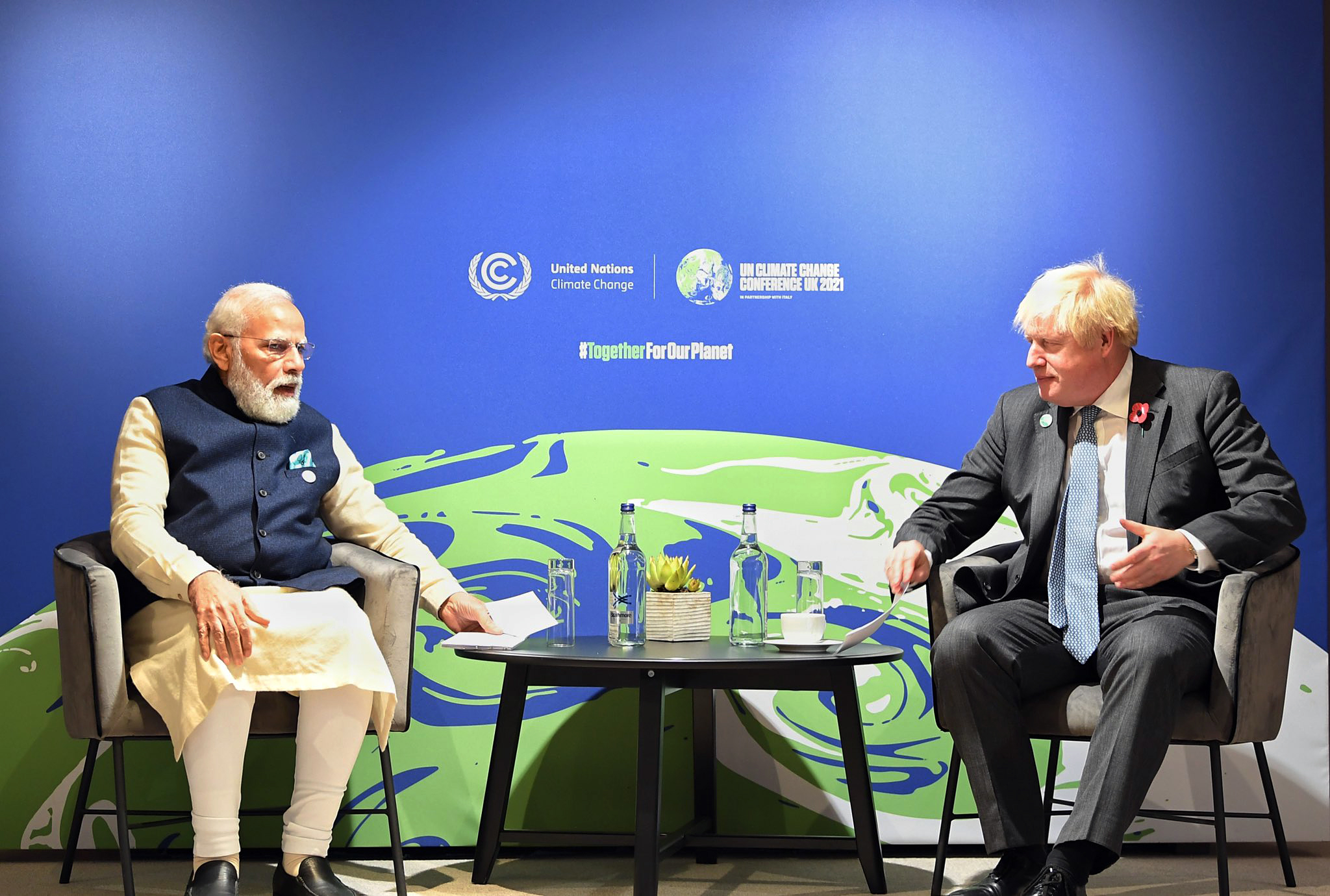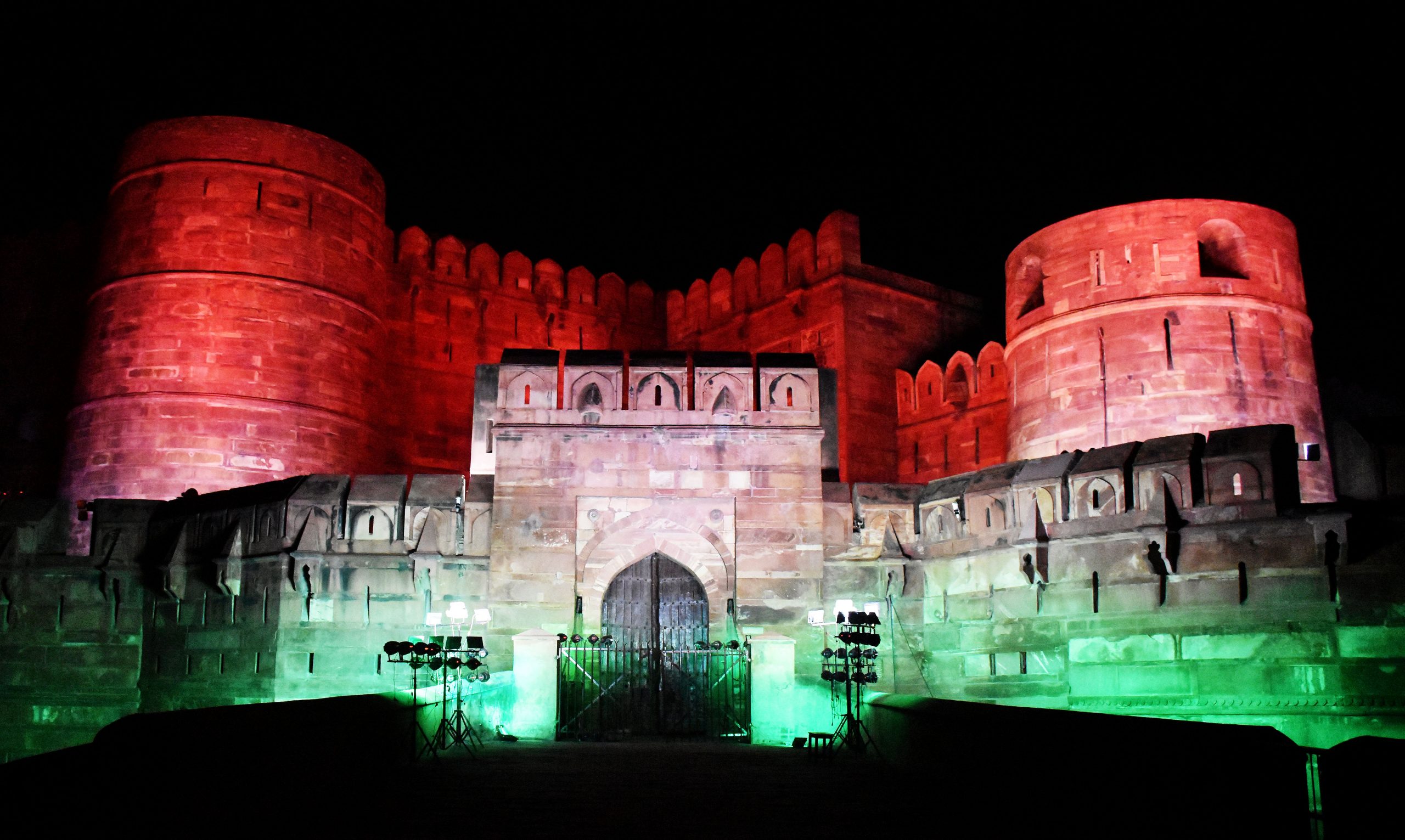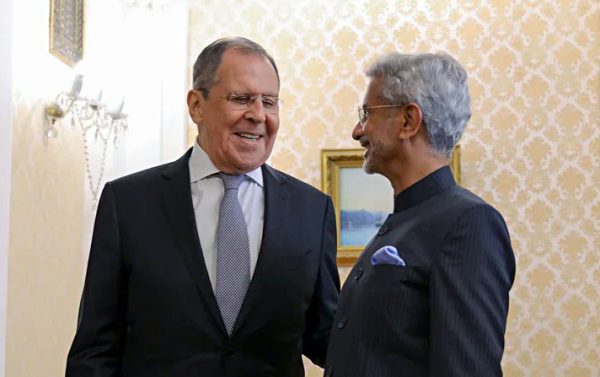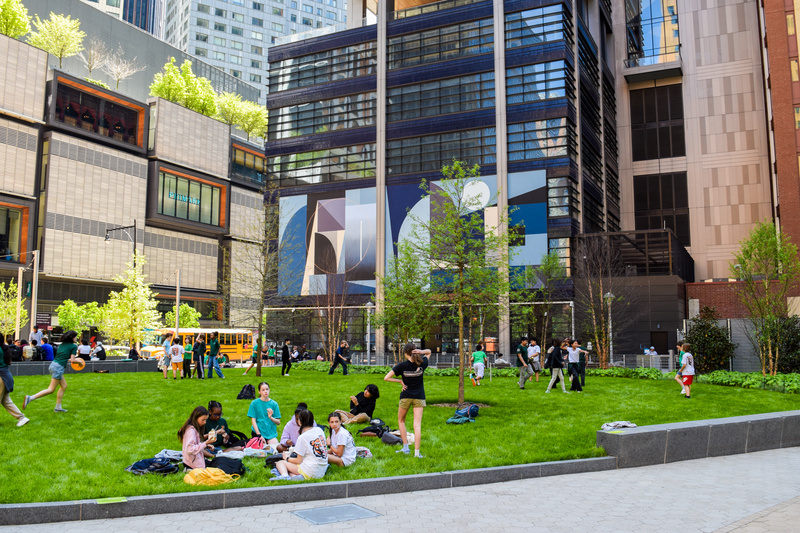Views and opinions from the top commentators in Indian media
Coinciding with COP26, India made a renewed push for membership of the Nuclear Suppliers Group (NSG), linking this to its climate goals. But relying solely on wind and solar won’t do as this would sharply increase the cost of power. Therefore, expanding the nuclear power infrastructure is an option that India can’t afford to ignore. However, India is hamstrung here by its exclusion from NSG. True, the US did facilitate a one-time waiver for India in 2008 which gave its civilian nuclear sector a big boost. India has been able to buy nuclear power plants from the global market because of this. But it is still denied the sophisticated nuclear technology and assured supply of raw materials available to NSG members.
China is India’s only major hurdle to NSG membership. Ever since India formally applied to join the elite nuclear group in 2016, China has been stonewalling the process on the ground that India is not a signatory to the nuclear Non-Proliferation Treaty (NPT).
— Editorial, The Times of India
Global Methane Pledge
We may not know how much displacement is happening, but we do know that for the past 30 years, since the Rio Earth Summit, the world has failed to reduce CO₂ emissions. And so, because we have effectively left it too late to have a smooth reduction in CO₂ emissions down to zero while limiting warming to well below 2°C, we hope that perhaps methane is going to save our bacon.
How can methane reductions be so much more effective than CO₂ reductions, when methane contributes less to global warming than CO₂?
It’s because methane is much shorter-lived in the atmosphere than CO₂, and therefore reducing emissions of methane actually reduces the amount of methane in the atmosphere within decades. Methane has a half-life of around a decade, so roughly speaking, if you emit 10 tonnes of methane today, 5 tonnes remain in the atmosphere after a decade.
–Michelle Cain, The Quint
Green Promises
Once the dust settles over COP-26, India would do well to have legislative backing for long-term targets. Performance and progress towards net-zero by each successive government should be monitored by the Parliament. Developing near-term and mid-term sectoral roadmaps would give businesses policy and regulatory clarity. Further, a National Commission on Climate Change, as a constitutional body, should be formed to deal with climate change as a strategic risk and an overarching development priority, and improve inter-ministerial and Centre-state coordination.
The economic cost for net-zero transition will amount to between $ 9,400 billion to $ 14,000 billion (in 2015 prices) between 2030 and 2100. The cost variations depend on whether hydrogen and CCUS have a big or small role in India’s energy transition. An economy-wide carbon price will be needed sooner than later to raise resources and nudge investments.
— Arunabha Ghosh, The Indian Express
Green Diwali?
Further, any benefit from the use of green firecrackers is being compromised by the continued sale of non-green crackers — green crackers reportedly account for only 5-10 per cent of the total stock of big dealers and sellers in Calcutta. In the absence of a robust mechanism to distinguish between the two, there is concern that a ban would hardly be effectively implemented on the ground.
If India is to meet its Paris agreement goal, then the complete phasing out of fireworks is unavoidable in the long run — they release metal particles, toxins, and indirect greenhouse gases like sulphur dioxide in the air and contribute to climate change. However, pronouncing a blanket ban is understandably difficult — the firecracker industry, valued at an estimated Rs 5,000 crore and providing employment to around 10 lakh people, is a major contributor to India’s informal economy. In fact, in places like Sivakasi, which produces 90 per cent of all firecrackers in India, the industry is indispensable. Eliminating the use of firecrackers will thus require the rehabilitation of a large section of this unskilled workforce. Further, availability of viable green alternatives needs to be ensured to discourage the illegal sale of non-green crackers — distributors in Bengal are reportedly having to procure them from outside the state. The use of harmful chemical components — barium nitrate continues to be used, even in green crackers — must be tackled on a war-footing. The path to a quiet, healthy Diwali is, evidently, yet to be free of numerous obstacles.
— Editorial, The Telegraph
Every week, we look at what the top commentators in the Indian media are talking about and bring to you a slice of their opinions and comments


























